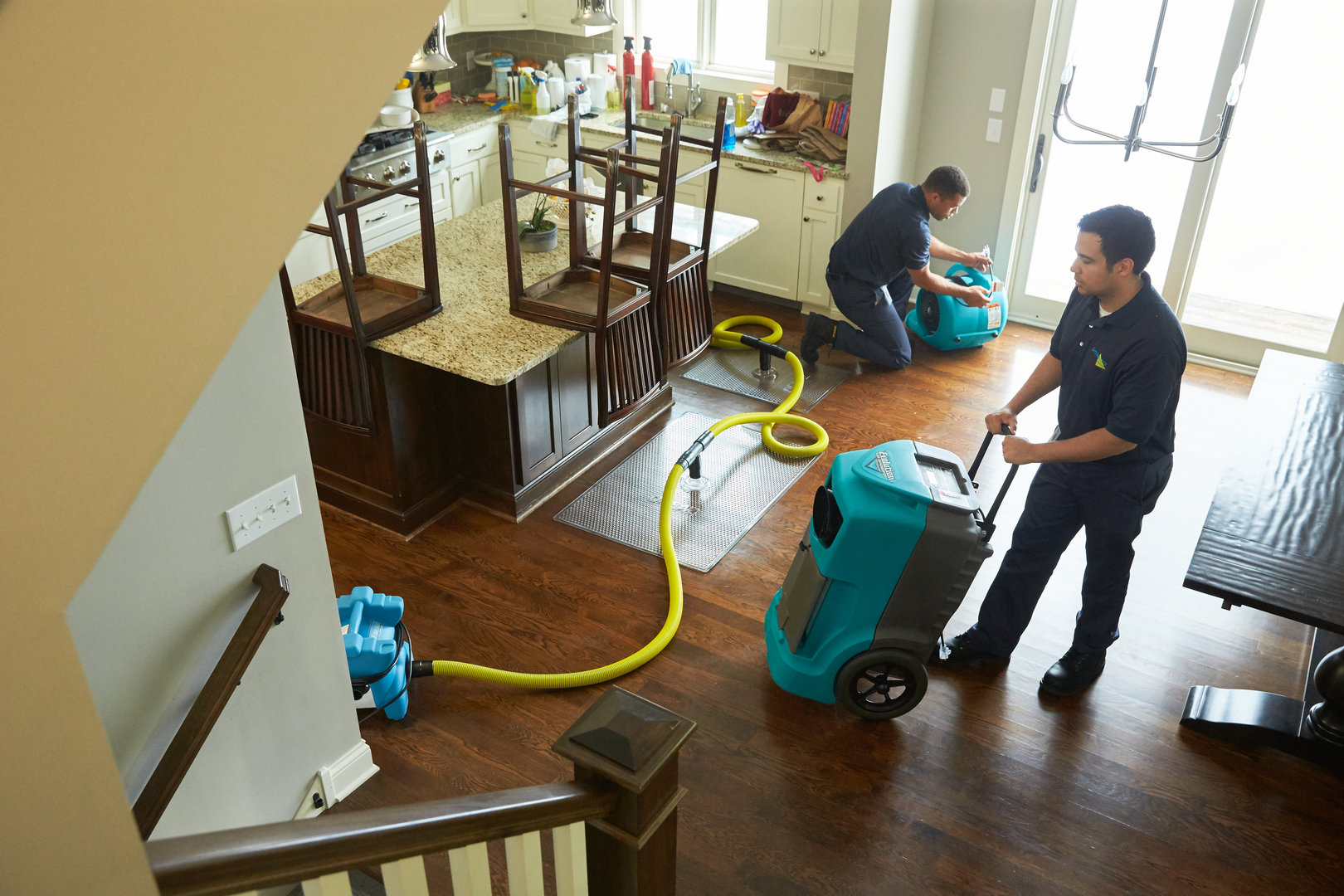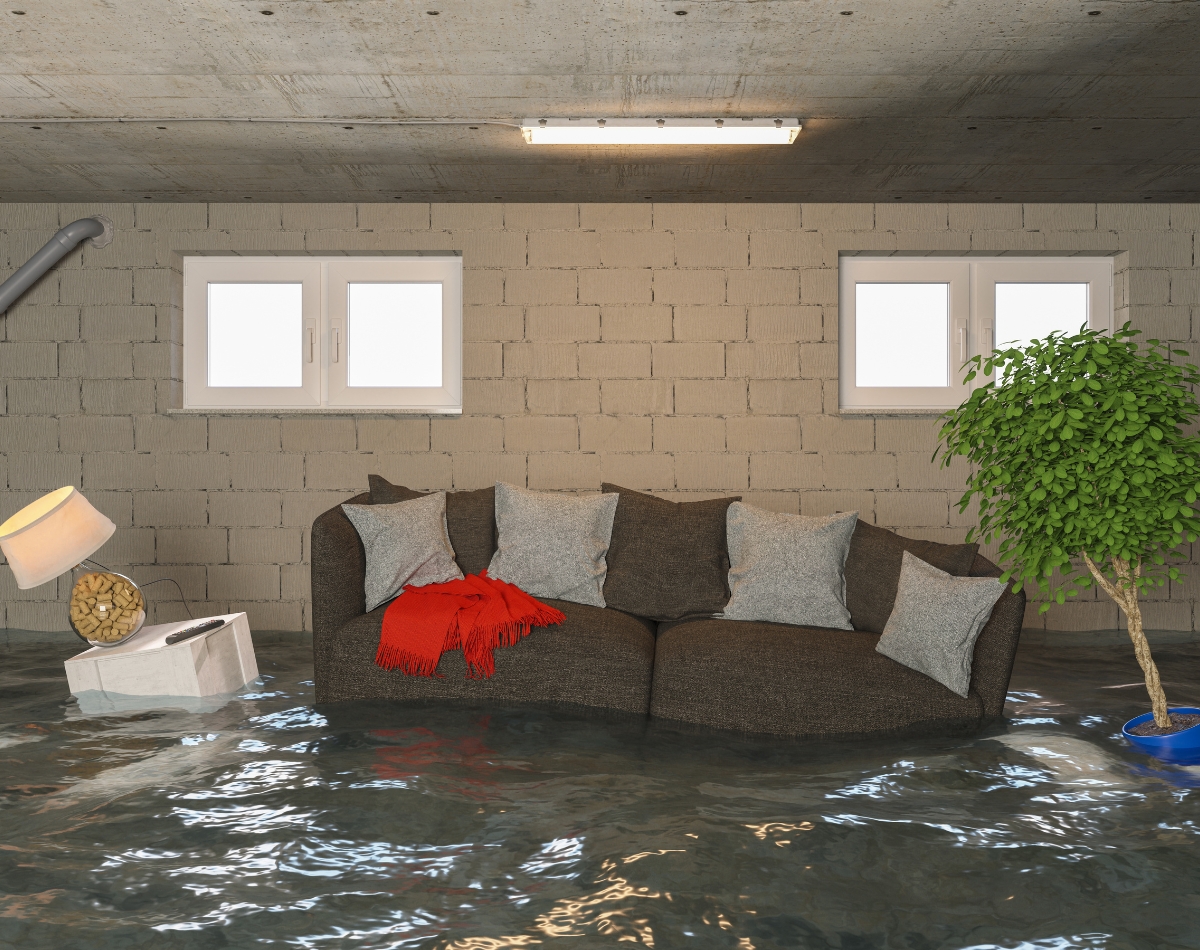Top Notch Info About How To Clean Up Water Damage

How to cleanup a flood basement:
How to clean up water damage. Find the source of the flood and shut it off, if possible. Blot it dry with a wet cloth and lay it out label side down to air dry. The first steps to take when cleaning up after minor water damage include turning off the source of the water, removing any standing water, and drying out the affected area.
Laundering synthetic clothes accounts for 35% of primary microplastics released into the environment. Inspect your plumbing system, roof, and gutters to make sure they’re in good condition and free from any damages. Many items will dry more quickly outside, but keep an eye on the weather.
If it's ok, combine a few drops of dish soap with a cup of water and gently clean the section. Remove standing water and all soaked materials. Remove standing water:
Inspect damaged materials for mold and mildew. A major dilemma many households face with wind and water damage is how and where to begin the clean up. Wear protection when your home has been flooded, there's more than just water to worry about.
Hundreds of thousands of victorians remain without power in the wake of deadly storms and destructive bushfires which swept the state on tuesday. It is also important to assess the extent of the damage and determine if. Wear personal protective equipment (ppe), including safety goggles, rubber boots, a hard hat, a face mask, and gloves before entering the property.
Document and move if you plan on filing a homeowners insurance claim, take pictures before you start cleanup. How to clean up a little water. Mold can start to grow in the right.
Use a submersible pump or a wet/dry vacuum to eliminate standing water from the basement. In this guide, we'll walk you through the steps to efficiently clean up water damage in a flooded basement, ensuring a thorough restoration of your living space. We’ve got you here a simple guide to understand the challenges of dealing with a wet mess and give you a straightforward walkthrough on how to clean up water damage.
Here are tips to help you prevent water damage and mold growth from happening in the first place, and tips for handling these situations if they do occur. If you ever need water damage restoration due to a flood, get in touch with a professional as quickly as you can. Cleaning walls and floors 1.
After major flooding subsides, clean up any remaining stormwater residue and dirt using a wet/dry vacuum or push brooms and mops. Before you begin cleaning, unplug everything. Shut off gas and electricity.
It’s important to regularly check for leaks and fix them immediately. In this water damage cleanup guide, we'll talk about water damage, how to clean it up, and when to call in a professional water mitigation company to get the job done right. Act quickly, as mold and mildew can develop within 24 to 48 hours of water exposure.


















